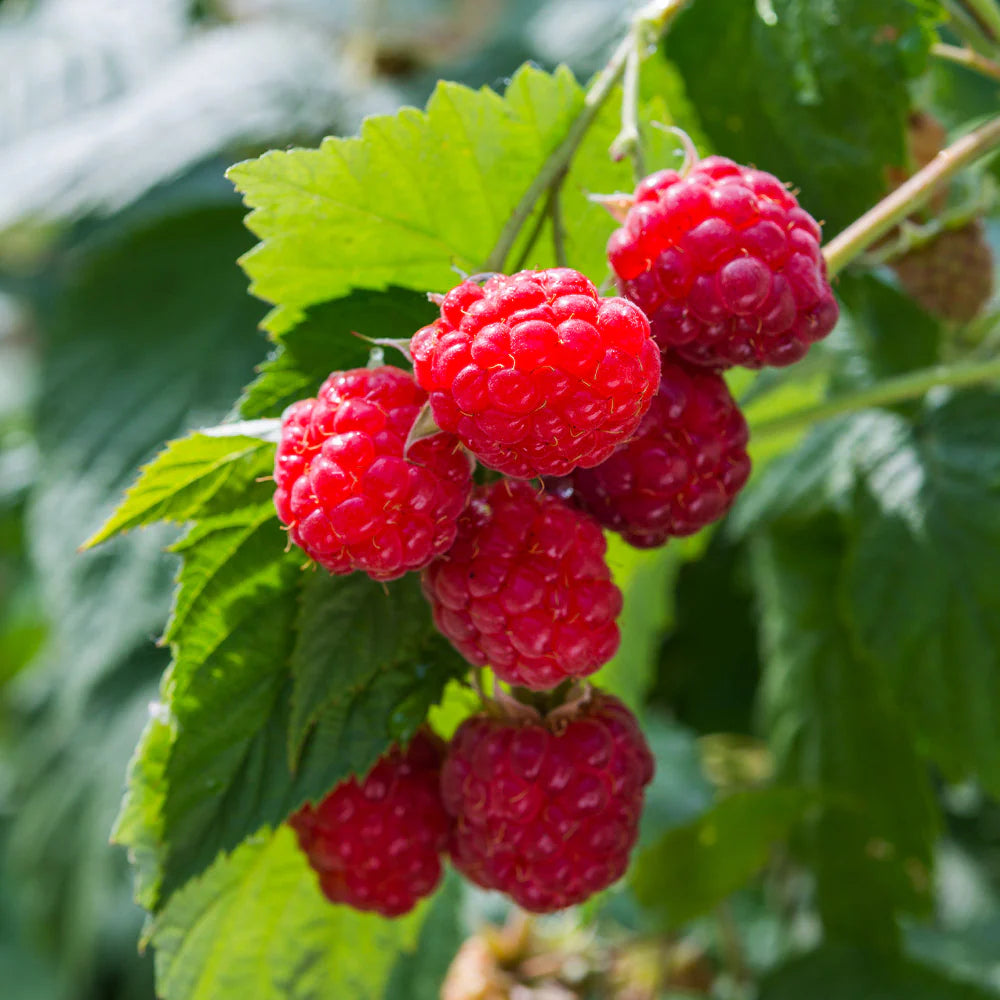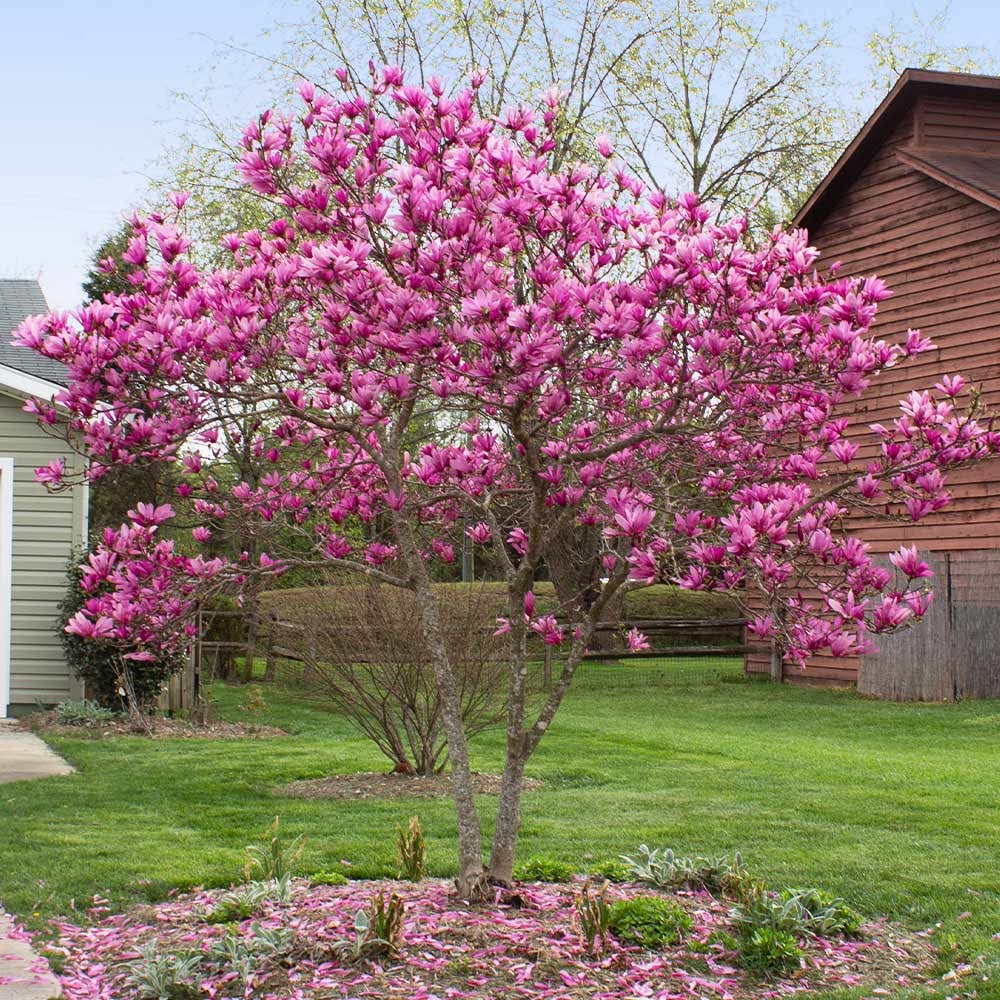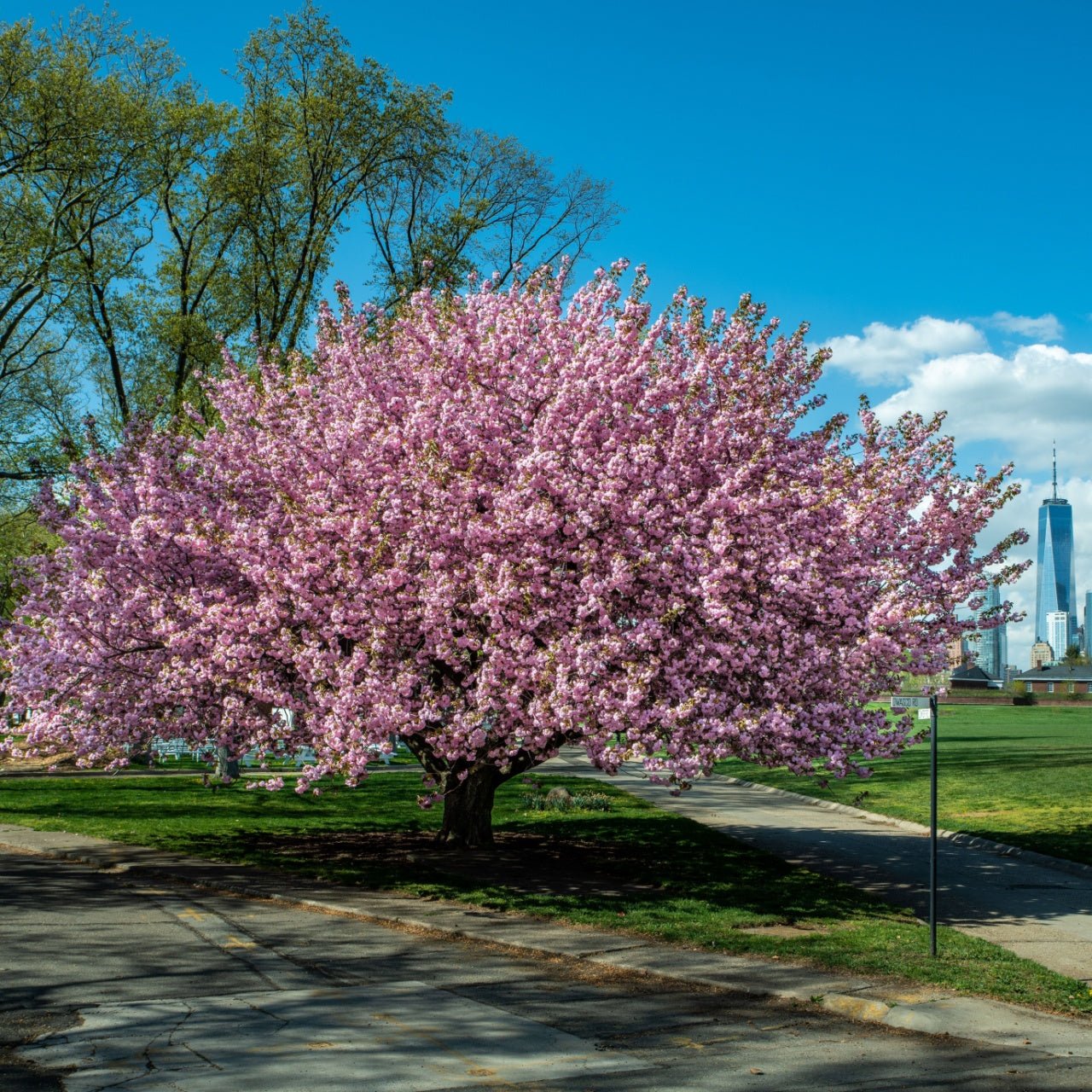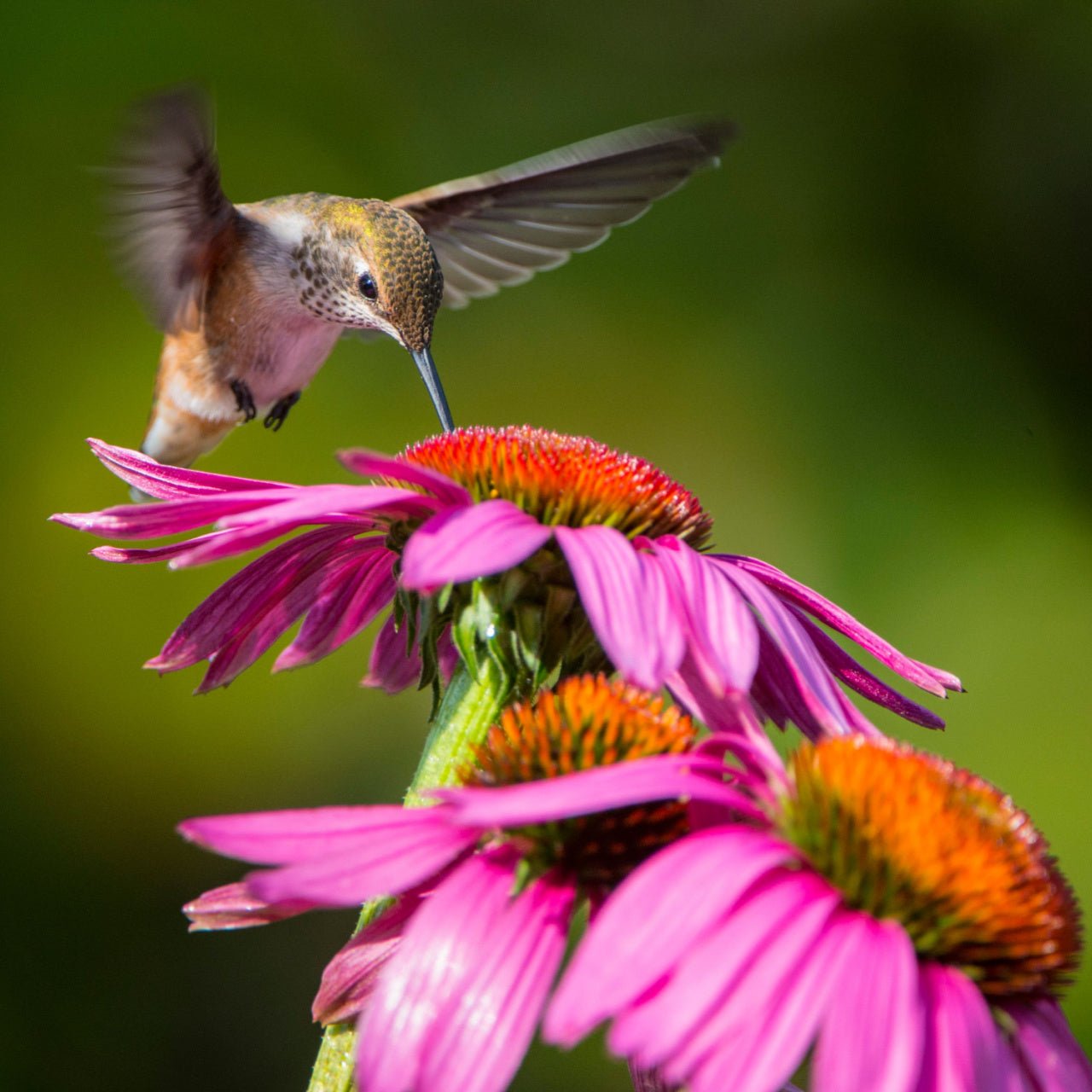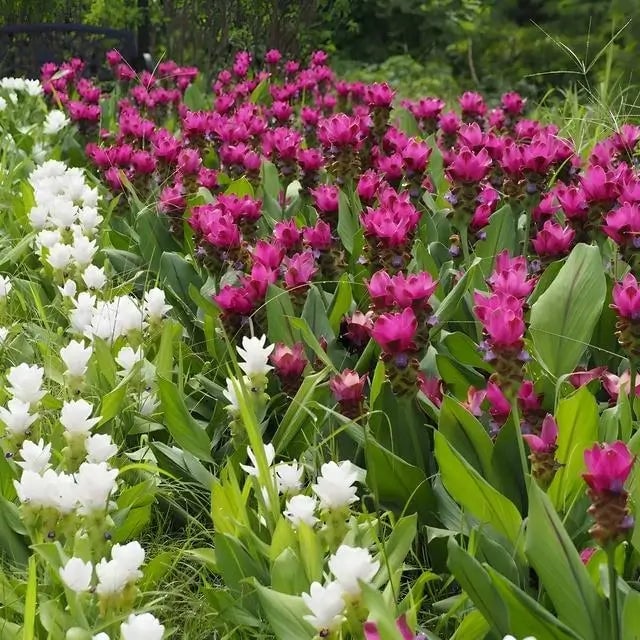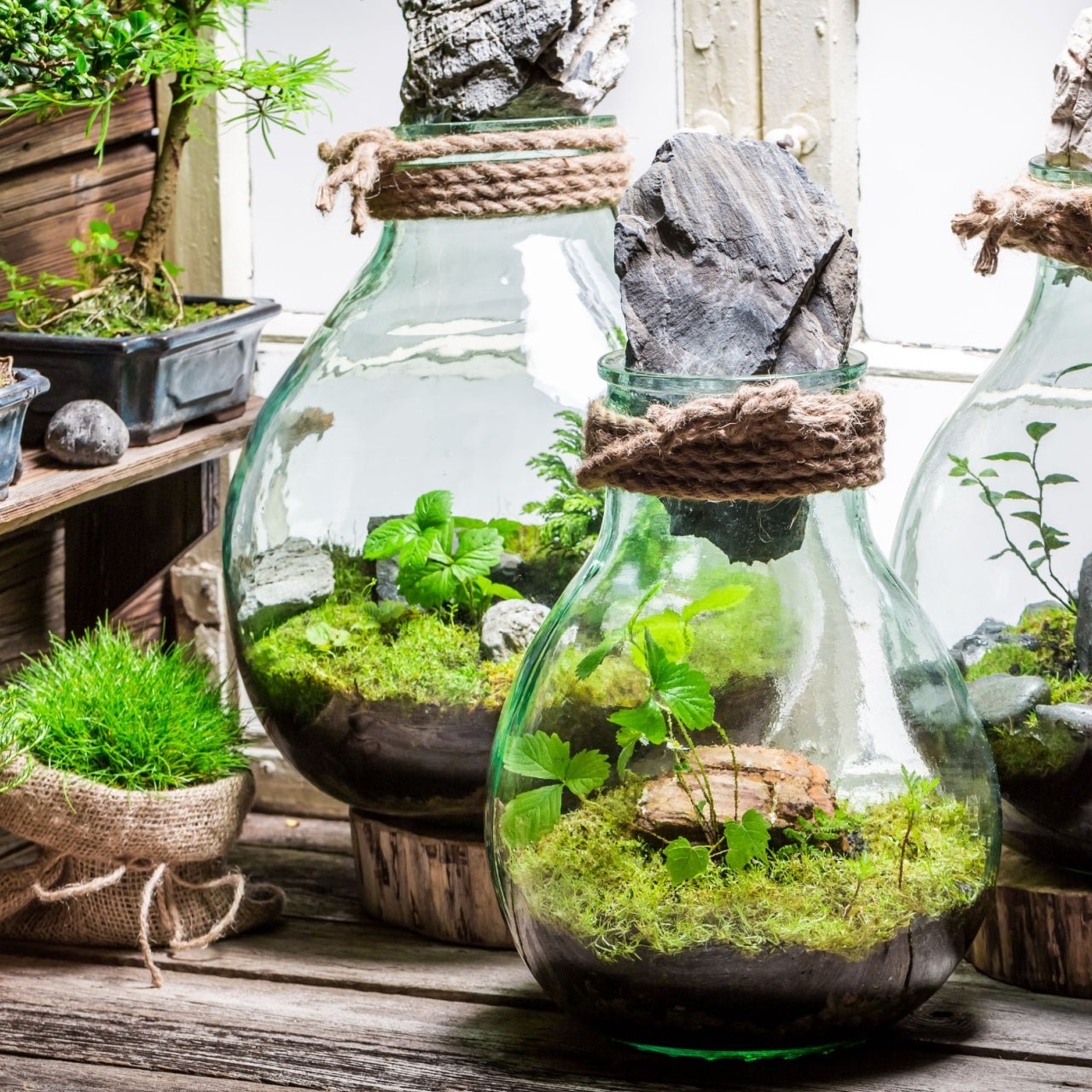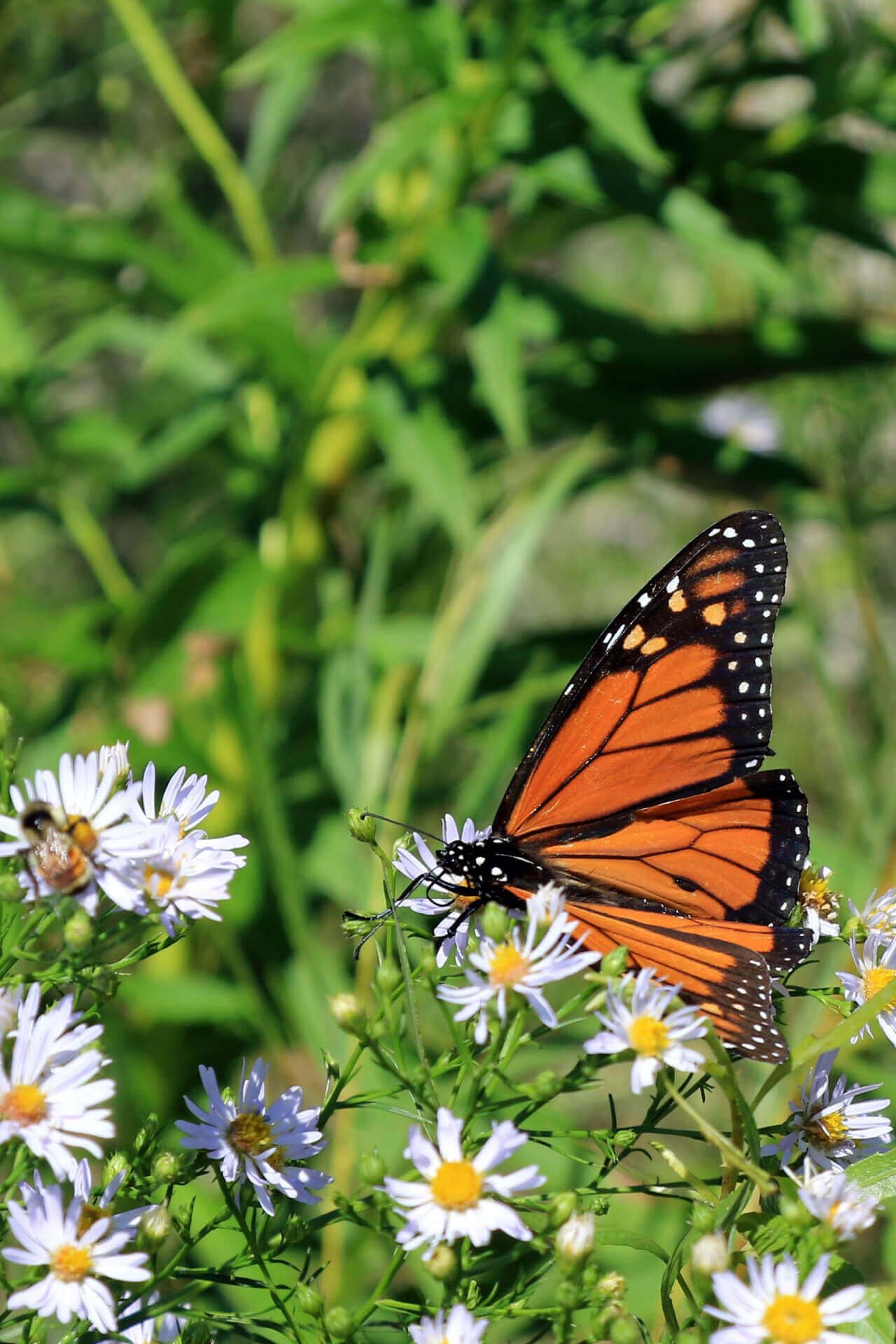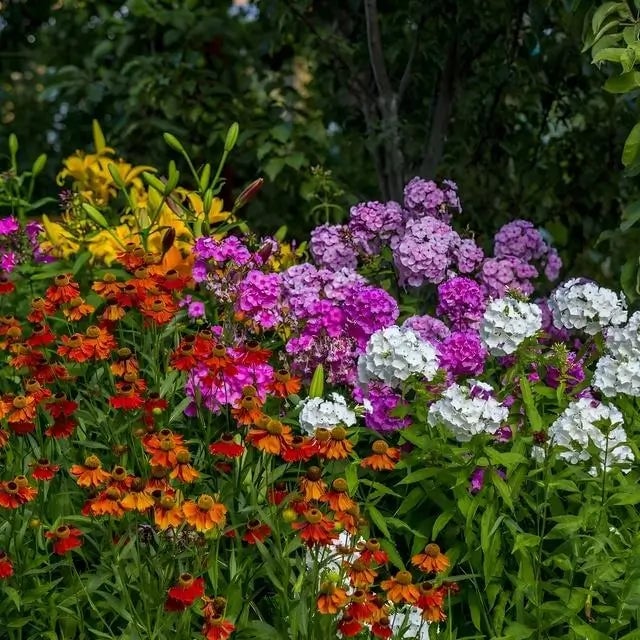
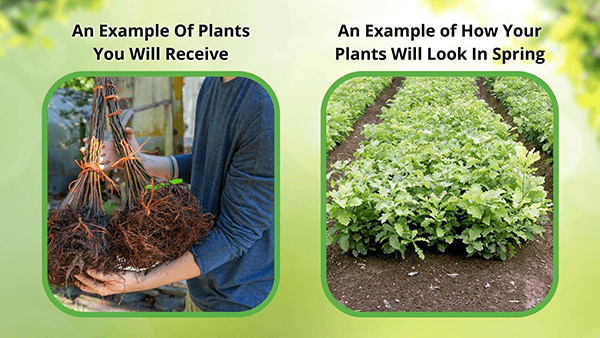
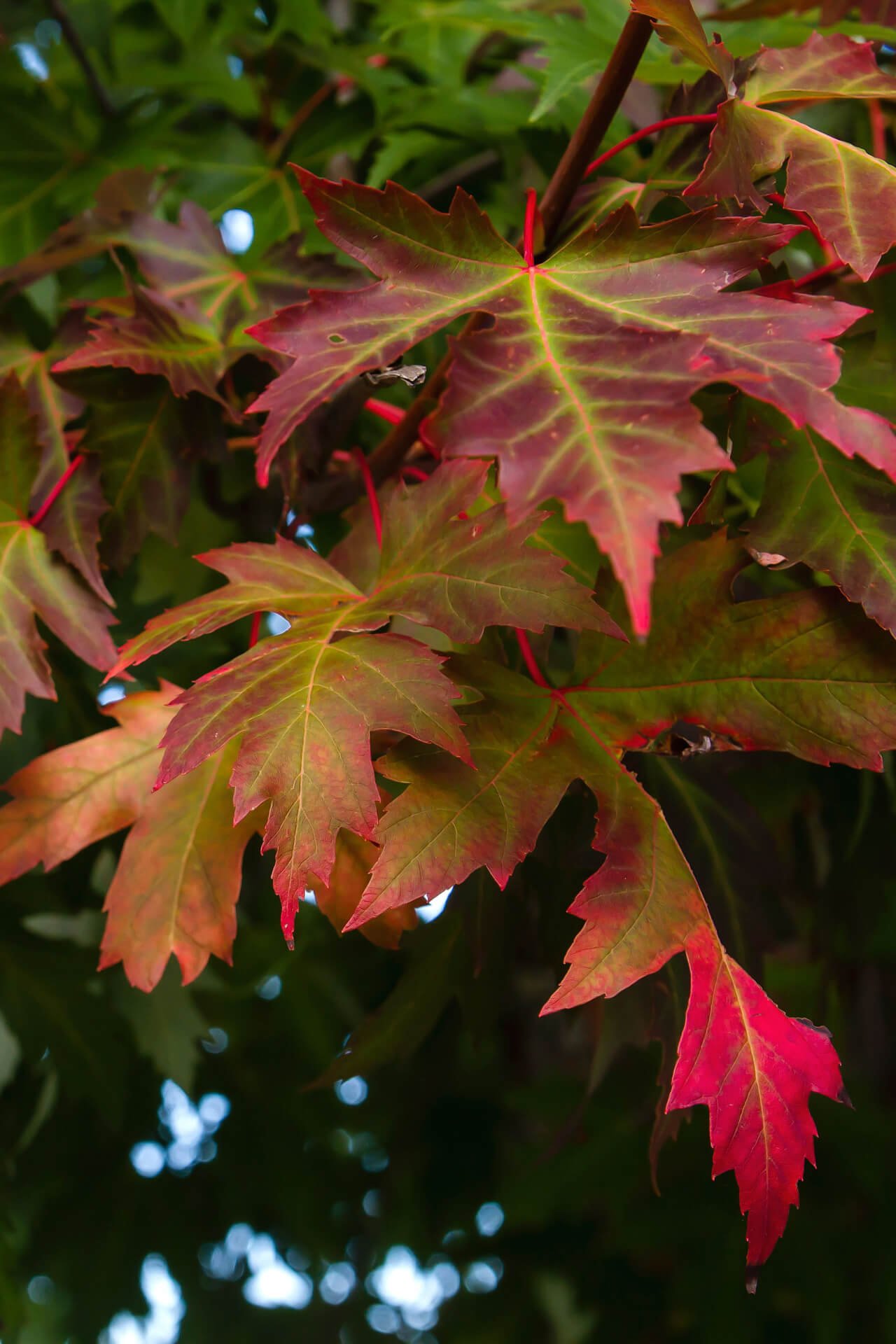

Silver Maple Seedling
Thrives in Zones 3 - 9
Fast-growing for quick shade
Adaptable to various soil types
Low maintenance once established
Ships in
November 2025Silver Maple Seedlings for Sale (Acer Saccharinum)
Silver Maple Tree Seedlings make supremely quick work of filling out a landscape. It can grow about as wide as it is tall, providing ample shade in a sunny yard. As the gentle leaves move in the breeze, a silver-toned underside is revealed that almost appears to glimmer in the sun with a metallic touch.
Silver Maple Tree Seedlings Plant Details
Family: Sapindaceae
Light Requirement: Full Sun – Partial Shade
Water Needs: Moderate - High
Height: 50-80 ft.
Spread: 35-70 ft.
Growth Rate: Very Fast
Bloom Time: Late Winter - Early Spring
Flower Color: Green, yellow
Wildlife Value: Provides seed & nesting material for birds and small mammals
As a tree well-adapted to wet areas such as riparian zones or floodplains, it has a high tolerance for consistently watered spots. However, it is incredibly adaptable and can even handle upland locations with compacted dry soil. For the best results (particularly with growth rate), plant seedlings in a well-drained, moderately wet site.
In ideal conditions, expect this seedling to sprout up to 7 feet year after year until maturity. This tree prefers full sun for maximum impact but can handle some shade, especially when it is young. The winged seeds, known as samaras, are an attractive food source for songbirds.
Landscape Uses and Maintenance of Silver Maple Seedlings
Due to the incredibly fast growth of Silver Maple Seedlings down to their roots, it is recommended to plant them in landscape spots away from structures, such as patios or plumbing. It is best planted in a location with plenty of space that needs fast shade.
Because of its tolerance of high moisture, it will stabilize soils along streams or reforestation sites. This tree will require regular pruning each year during the winter or early spring to control for shape and height. Monitor the branches regularly for storm damage.
Noteworthy Characteristics of Silver Maple Tree Seedlings
Silver Maple Seedlings have dramatic, deep jagged lobes that glow with a pale green underside that appears to be almost silver (which is what gives its name!). Adding to this tree’s drama is the display of its large, winged seeds twirling its way onto the ground below in the spring.
This Is How Your Plants Will Look upon Delivery

Height at Maturity
Over 25 Feet
Care
Silver Maple seedlings thrive in well-drained soil and need regular watering, especially during dry periods. To avoid disease, ensure they are planted in a spot with good air circulation. Mulch near the ground to maintain moisture and reduce weed competition.
Plant Reproduction
Silver Maple seedlings spread through wind-dispersed samaras and root sprouts
Plant seedlings in early spring or fall when temperatures are mild. Choose a well-drained site with the proper sunlight for the tree species. Dig a hole that's deep and wide enough to support but not hamper the root system without bending or crowding the roots. Place the seedling in the hole, ensuring the root collar (where the roots meet the stem) is level with or slightly above the soil surface. Fill the hole with soil, and pack it around the roots to remove air pockets. Water thoroughly after planting and keep the moisture consistent, especially during the first few years, to help the roots establish. Put a 2-4 inch layer of mulch around the base, but keep it away from the trunk to retain moisture and prevent weed growth. Protect the seedlings from pests and physical damage with suitable guards or fencing. Tree seedlings will thrive and grow into strong, healthy trees with proper care.
Shipping date depends on the date displayed and chosen when you order from the product's page.
We do not accept returned plants. If you purchased an extended warranty we do accept claims, please navigate to the warranty page for instructions HERE





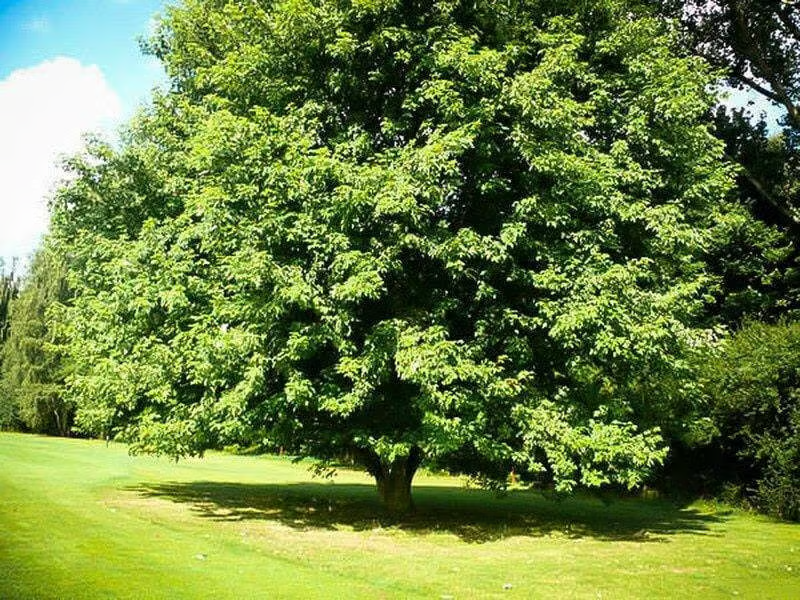
Rapid Growth:
Silver Maple seedlings grow quickly, making them ideal for those wanting fast results and quick shade.
Easy to Establish:
Quick to take root, they’re a low-maintenance choice for new gardeners or expanding your green space.
Shade Provider:
Ideal for creating a broad canopy of shade, perfect for cooling down outdoor areas in the summer.
Attractive Foliage:
They feature vibrant green leaves that turn silver in the fall, adding seasonal beauty to your garden.
Header
Use this content to share information about your store and products.
Frequently asked questions
Still have a question? Contact us here.
Yes, we ship all over the world. Shipping costs will apply, and will be added at checkout. We run discounts and promotions all year, so stay tuned for exclusive deals.
It depends on where you are. Orders processed here will take 5-7 business days to arrive. Overseas deliveries can take anywhere from 7-16 days. Delivery details will be provided in your confirmation email.
You can contact us through our contact page! We will be happy to assist you.








